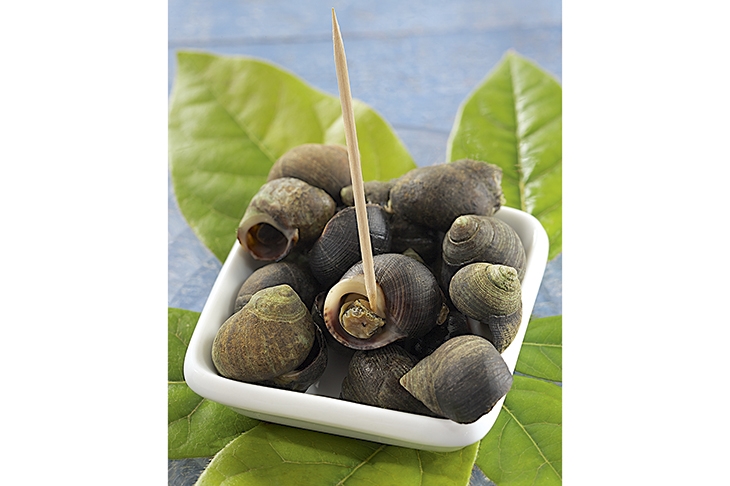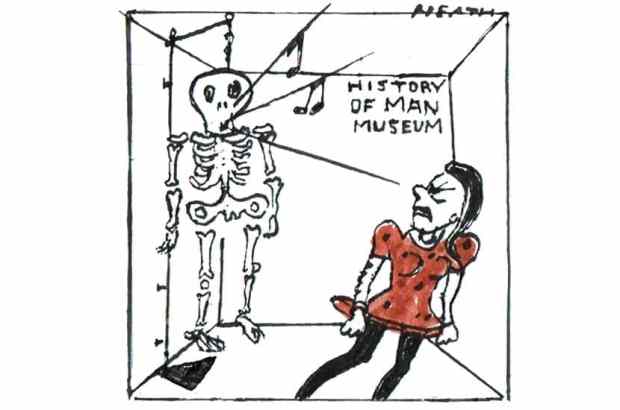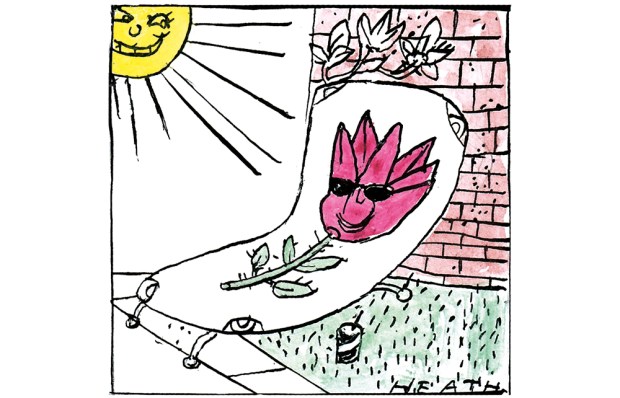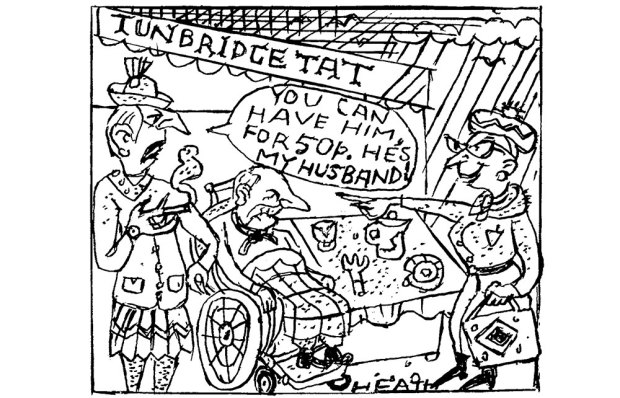For the first time in 30-odd years, many Brits have started eating winkles again. Unable to holiday abroad this summer, we headed to the British seaside and rediscovered the winkle stalls that were once part of everyday life. Winkle recipes — similar to snail recipes — are suddenly popping up, and October is the perfect month for picking these shore-dwelling molluscs.
For me, a winkle has a Proustian effect. Every Sunday when I was a child, we’d have winkles for tea. My father would put some on each of our plates and we’d have an eggcup full of vinegar, some pepper, and our own winkling pin to get the little blighters out. There’s a knack to twisting the pin in: you need to flick out the ‘eye’ — a small protective disc — then prise out what looks like a tiny grey slug. Even a good hearty go with the pin leads only to a small pile of mollusc, but eating the humble winkle is as much about history as it is about food.
My dad had moved a long way from his roots in the East End. We owned our own home, had a car and went on holiday abroad. But he spoke about his time growing up very often. I think he was glad that we had much better life opportunities than he did, but he wanted to keep his connection to Canning Town, to the hawkers and market people of east London, so we had winkles on a Sunday, and we didn’t care how silly that might have seemed.
In Victorian London, winkles were a staple food, a snack favoured by the poor. They were also fresh: hauled up that morning on the shores of the Thames estuary. Before boiling, shake them up to make them withdraw into their shells, said Cassell’s Dictionary of Cookery in the 1870s. Put them into a saucepan, and cover with boiling seawater that has stood a little while to settle, and then been poured off from the sediment. Boil quickly for 20 minutes, and serve, accompanied by brown bread and butter. A pint is enough for three or four people.
In the 20th century, winkles signalled a certain working-class solidarity and became a cockney classic. Many Eastenders got their winkles from Tubby Isaac’s World Famous Jellied Eel and Seafood Stall at the far end of Spitalfields market, where it meets Aldgate. The stall sold jellied eels for breakfast and winkles for tea, as well as cockles, prawns, lobster tails, scampi, crab sticks, mussels and bacon rolls.
Isaac started his stall in 1919, before emigrating to the USA in 1938, in part to avoid his sons being called up. His name, of course, is a clue to the great Jewish contribution to the East End. When Tubby left, his nephew Solly took over the business and ran it until his death in 1975. Then the Simpsons, father and son (the father was Solly’s nephew), were in charge from 1975 until 2013. That’s 94 years of winkles.
The truth is, it’s not surprising winkles are back, because the humble winkle or periwinkle has been food for millennia. In caves inhabited more than 7,000 years ago you’ll find evidence that the winkle was part of everyday food: Sunday tea for Neolithic man — as well as for me.
Got something to add? Join the discussion and comment below.
Get 10 issues for just $10
Subscribe to The Spectator Australia today for the next 10 magazine issues, plus full online access, for just $10.
You might disagree with half of it, but you’ll enjoy reading all of it. Try your first month for free, then just $2 a week for the remainder of your first year.














Comments
Don't miss out
Join the conversation with other Spectator Australia readers. Subscribe to leave a comment.
SUBSCRIBEAlready a subscriber? Log in